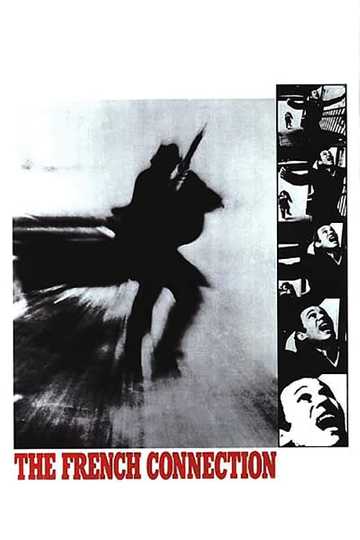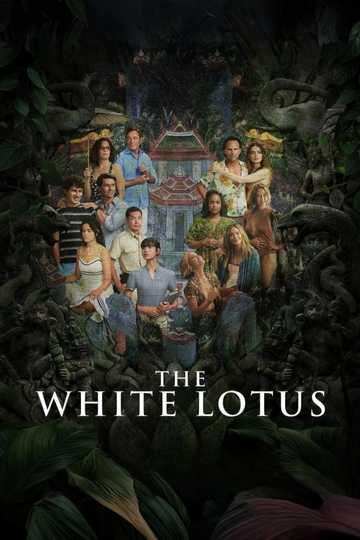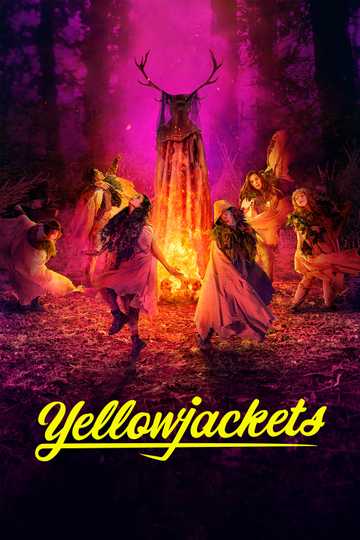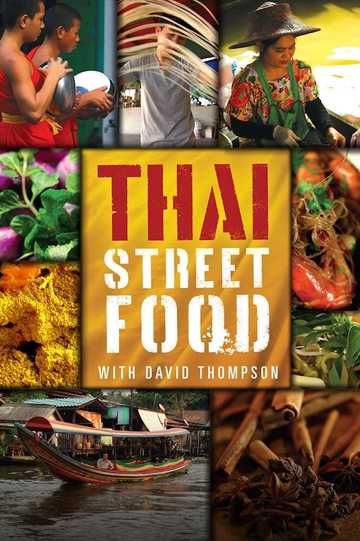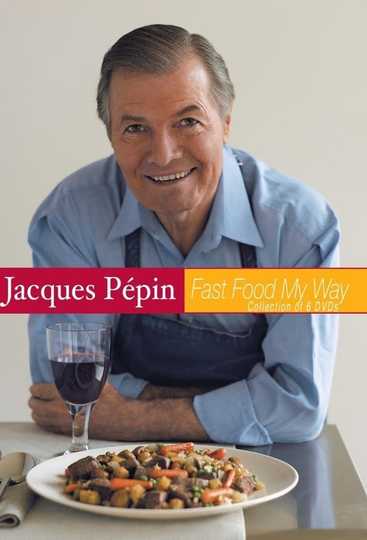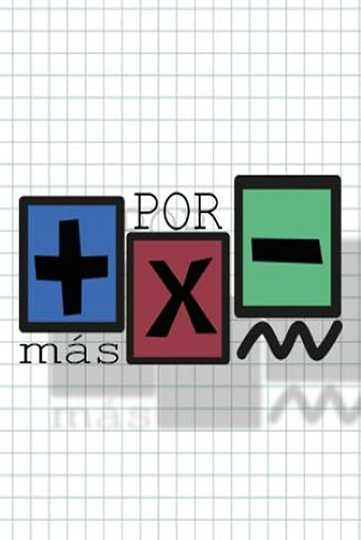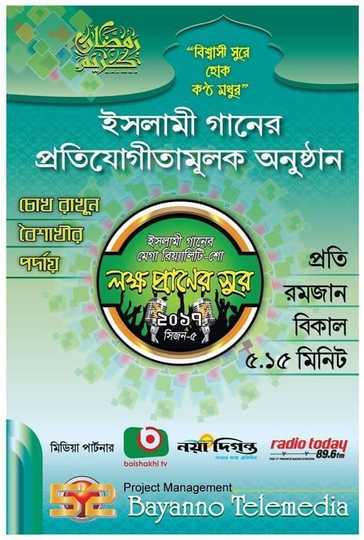Season 1 Episodes
1. Thailand Awakes
In Bangkok, the people rise well before dawn to prepare food at the market and shop for the day's ingredients. Host David Thompson walks through the morning market in Petchaburi, talking to stall owners and partaking in the local coffee, roasted in Chang Rai. David also shows us the importance of everyday morning rituals in the form of making merit and leaving offerings at spirit houses.
2. Chinatown
Chinatown is one of the key epicentres of street food and where many innovations in Bangkok and Thailand cuisine got started. In this episode, host David Thompson, explores the rich offerings found in the markets, architecture and history.
3. What Goes Around Comes Around
One of the most sacred and revered aspects in Thai society is the importance of monks. David talks to a monk layperson about what foods are made and received by monks on a regular basis. He joins the monks on their morning rituals and explains the significance of kanom jin noodles.
4. Communities
Bangkok is a city of villages that are drawn together by their love of food and eating. Mae Nam Chao Phraya is the most important river in Thailand. Dotted along its banks and canals are various villages and communities - an aggregation of people, history, cuisines and cultures. From Indian, Vietnamese, Malay, Indonesian, Chinese to Muslim, Bangkok is the mixing bowl of Asia. And the food one can find in each community reflects the various ethnic origins - vibrant, varying and delectable. David Thompson guides us through cooking Kartortnam sot - crunchy rice with spicy pork, a colourful and spicy dish. And the classic of chicken and rice pilaf (Biryani) cooked over charcoal.
5. Noodles
From the sophisticated to the simple, noodle dishes are different in every province and in every part of the country. But no matter where they come from, Thai noodles all share a common street food heritage. In Episode Five of Thai Street Food, Chef David Thompson explores the unique history of noodle culture as he takes us to some of his favourite noodle stalls. He cooks Kua Gai for an old friend, tries his hand at noodle-pulling and visits a well-known Chantaburi factory, where fresh noodles have been made by hand for generations. In modern foodie terms, such factories and stalls would be labelled ‘artisanal’, ‘boutique’ or ‘trendy’. But to Thais, locally-made noodle dishes using fresh ingredients are just the way it’s always been. Fast and cheap, yes. But timeless, and always delicious.
6. Lunch
Lunch from 12pm-2pm is one of the most important aspects of the day for busy Thais, who want a great meal but don’t have much time to do so. Hence there are busy markets, which supply a variety of food.
7. Curries
Curry houses are everywhere and popular too: Little India, Petchaburi Night Market, Ayutthaya and Silom. “It’s a place where people go to eat," says David. This sums up the explanation of what curry houses are, but only skims the surface of the sheer varieties of curries and care that goes into making them.
8. Desserts
Desserts are considered to be the pinnacle of Thai food. They’re colourful, rich, original and varied in both their presentation and taste. In this episode, David Thompson looks at how they’ve been made in the past and present, as well as how dessert standards are changing.
9. Transitions
This episode focuses on transitions: that of day to night, of traditional Bangkok to the modern day city and market transformation in surrounding areas. It's a compelling and insightful look at how Thailand has changed over the years.
10. Seafood
Seafood has been a mainstay of Thai cuisine for many generations. It’s proximity to the water and demand for fish has meant that an entire food industry has thrived in markets and street food dishes for aeons.
11. Dtam Sang Stalls
The dtam sang stalls form an integral part of the Thai street food scene. The omnipresent carts are everywhere across the country, designed to offer food with delicious ease. The stalls/carts do form a purpose, though, and David explains the difference between plaeng loy food (food served in pits) and dtam sang food (food cooked to order).
12. A Big Night Out
As many know, Bangkok has a thriving nightlife scene. And, much of it is combined with food. It’s called “food you have with drinks”. It’s commonplace to many Thais, yet it’s preparation and many ingredients will come as a surprise for people who don’t know about Thai food culture.
13. Modern Bangkok
Street food is an integral part of everyday life, but there’s something else which has attracted crowds, too: mega malls. And with these mega-malls come giant food courts, which offer everything from fast food to street styled food to aspirational shoppers.


